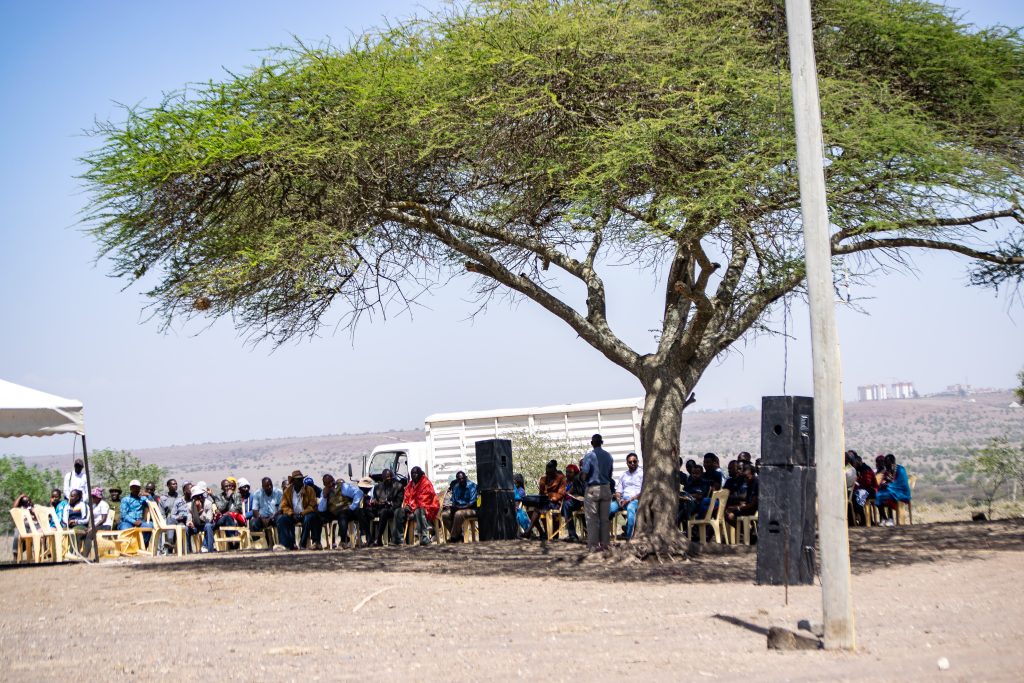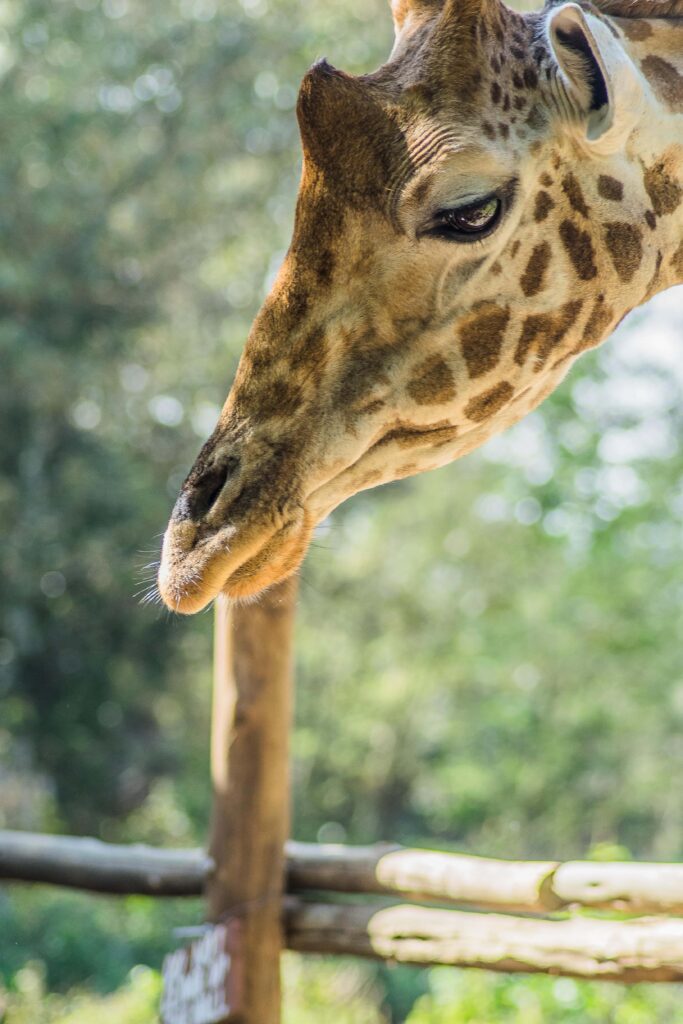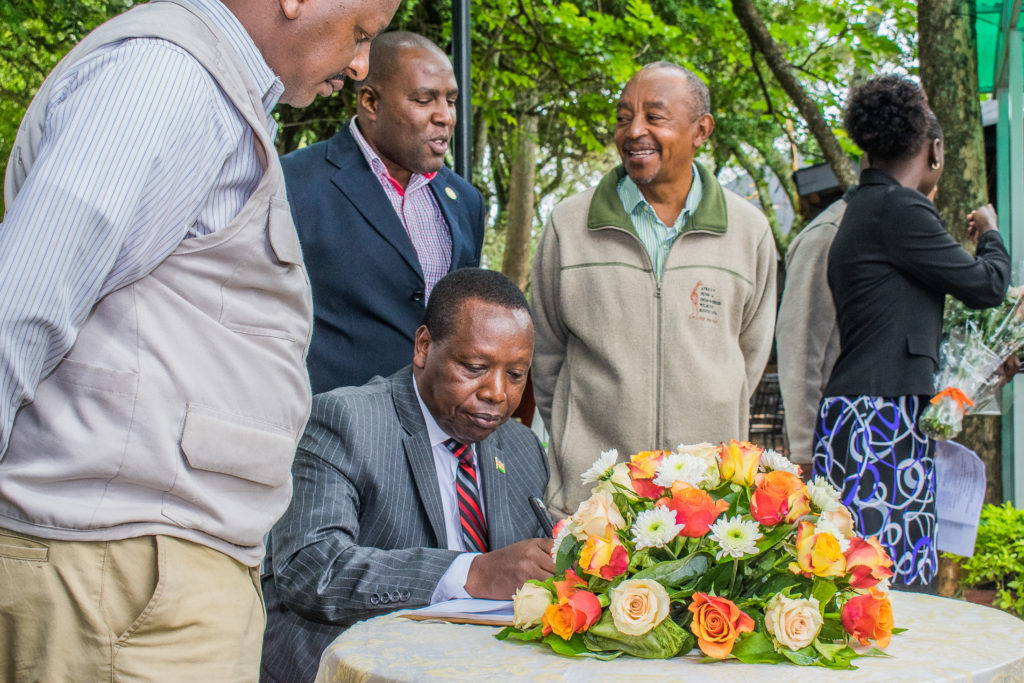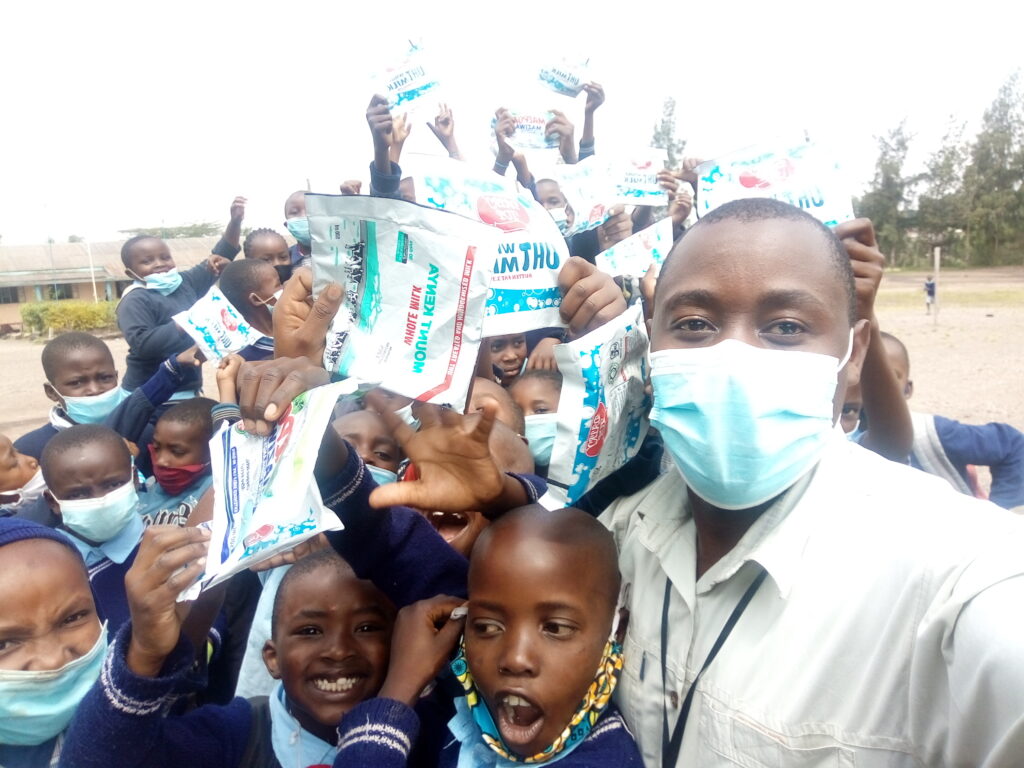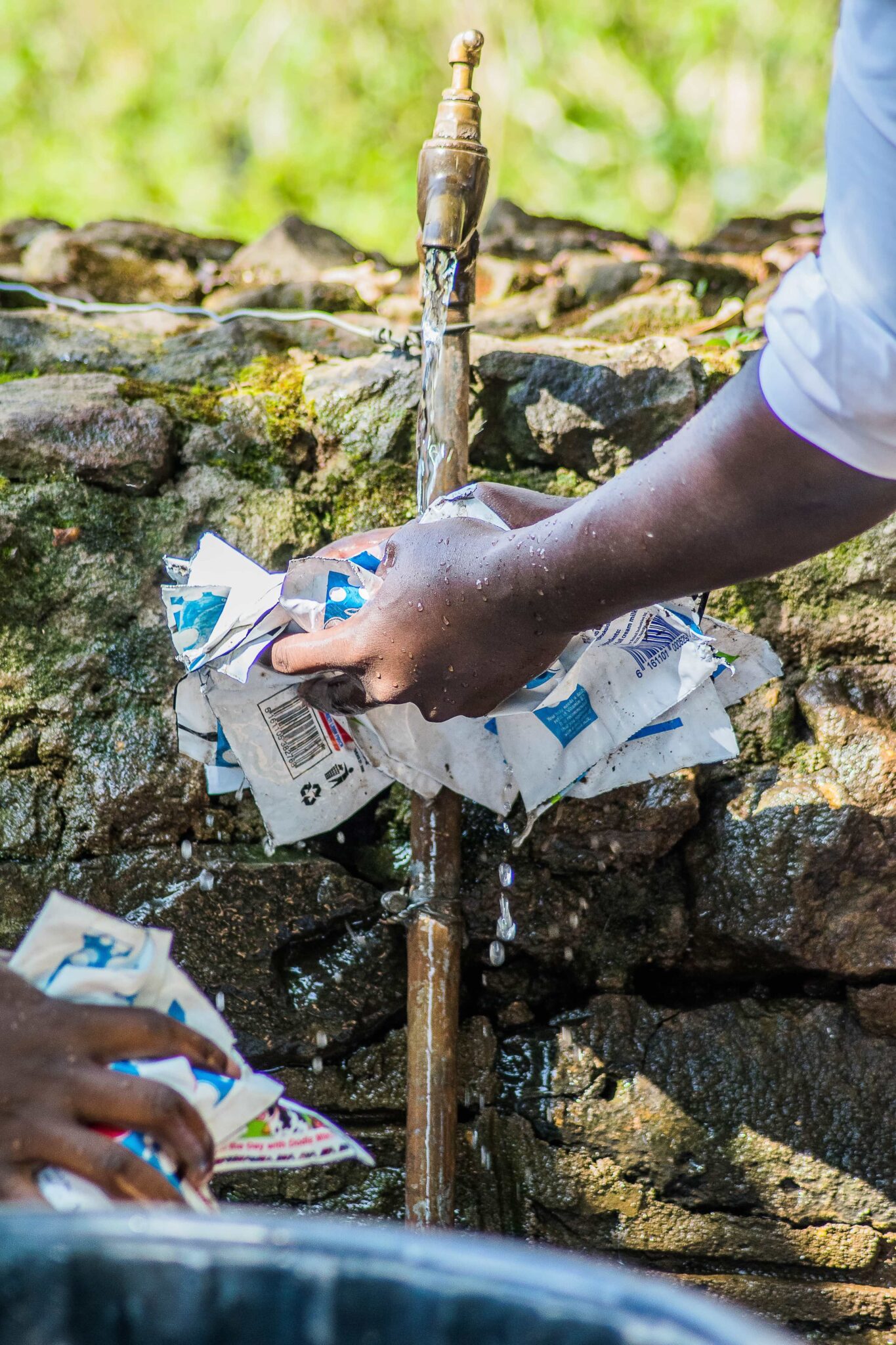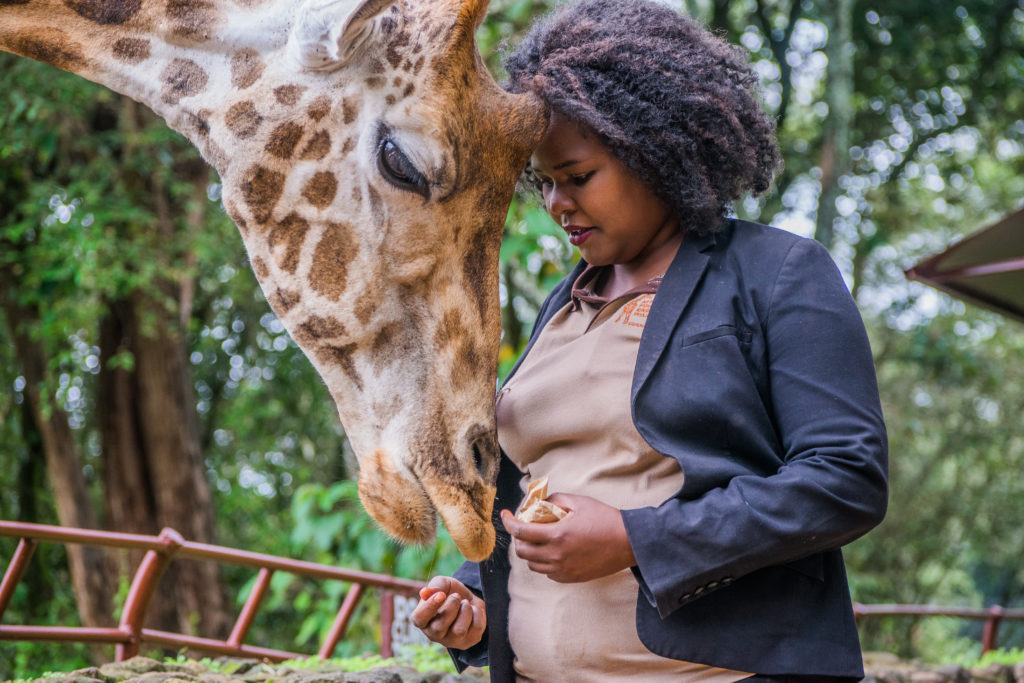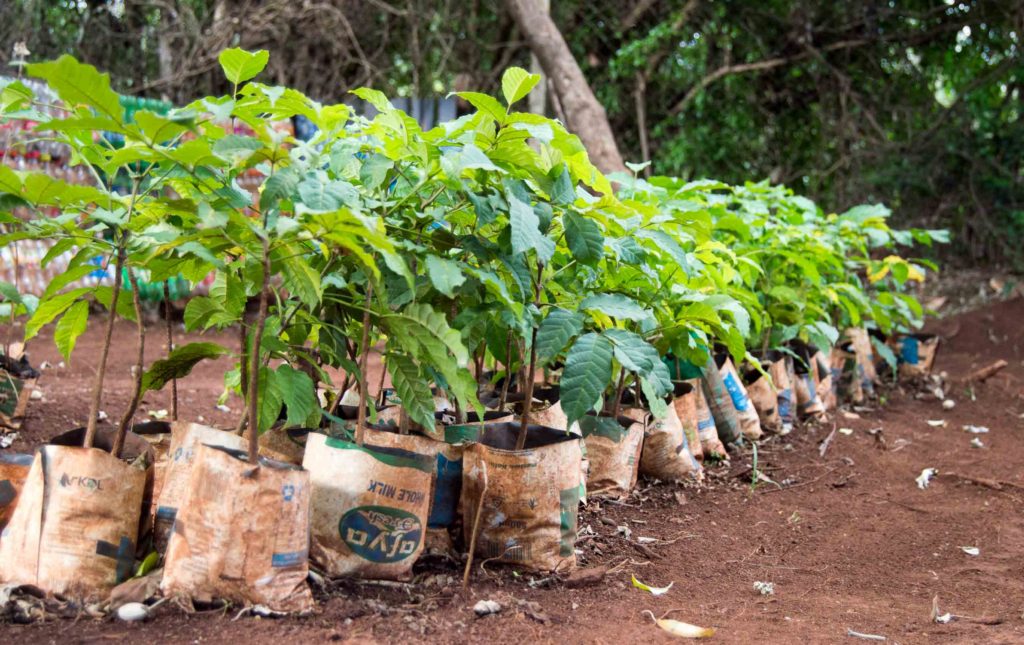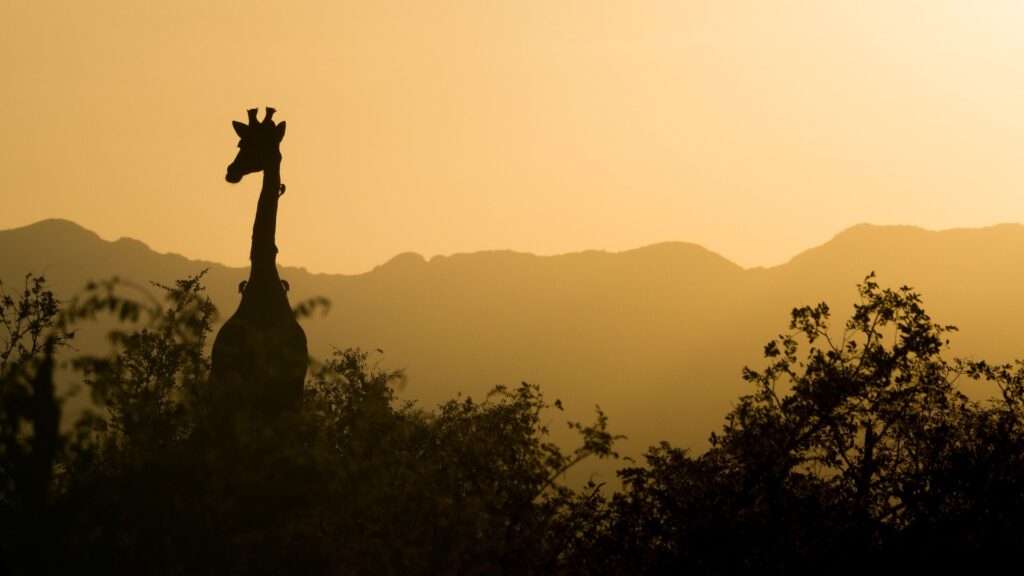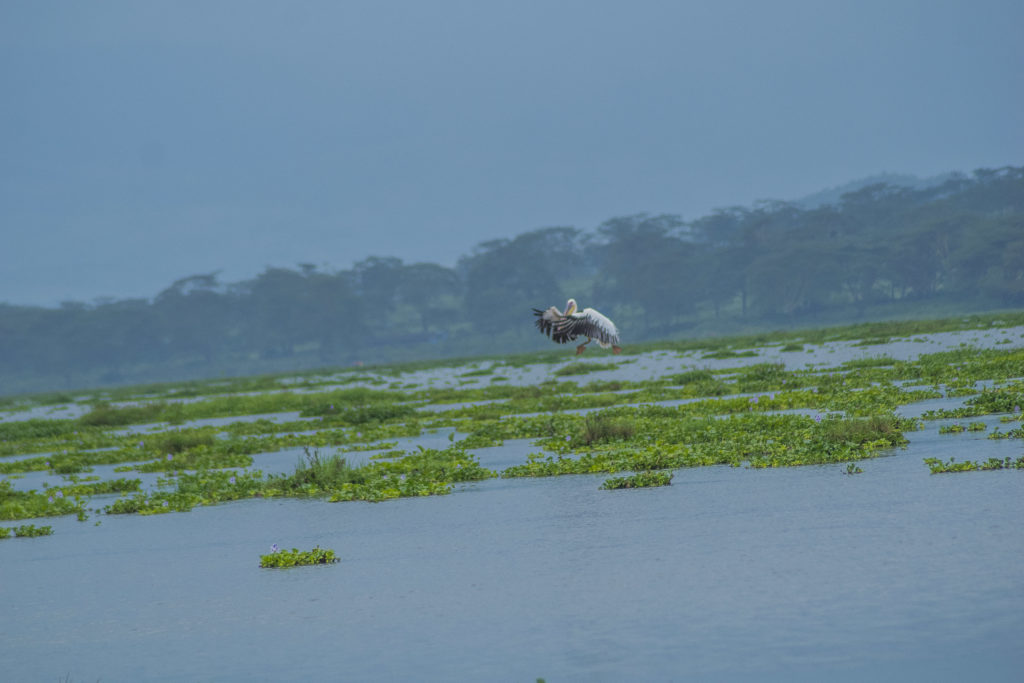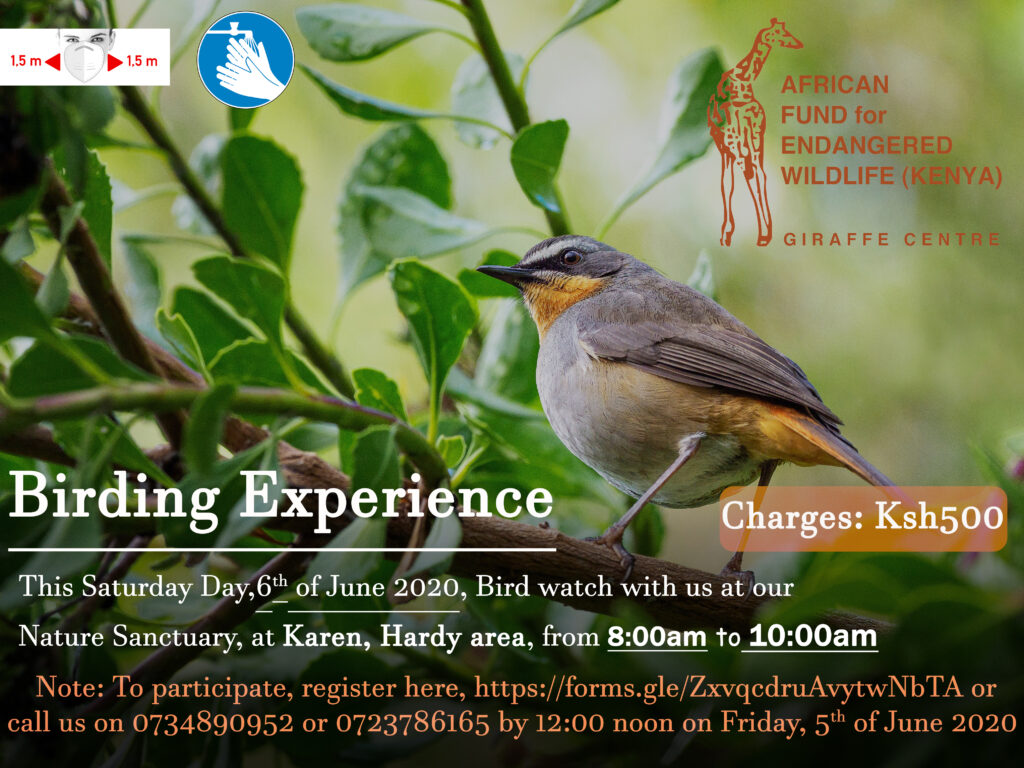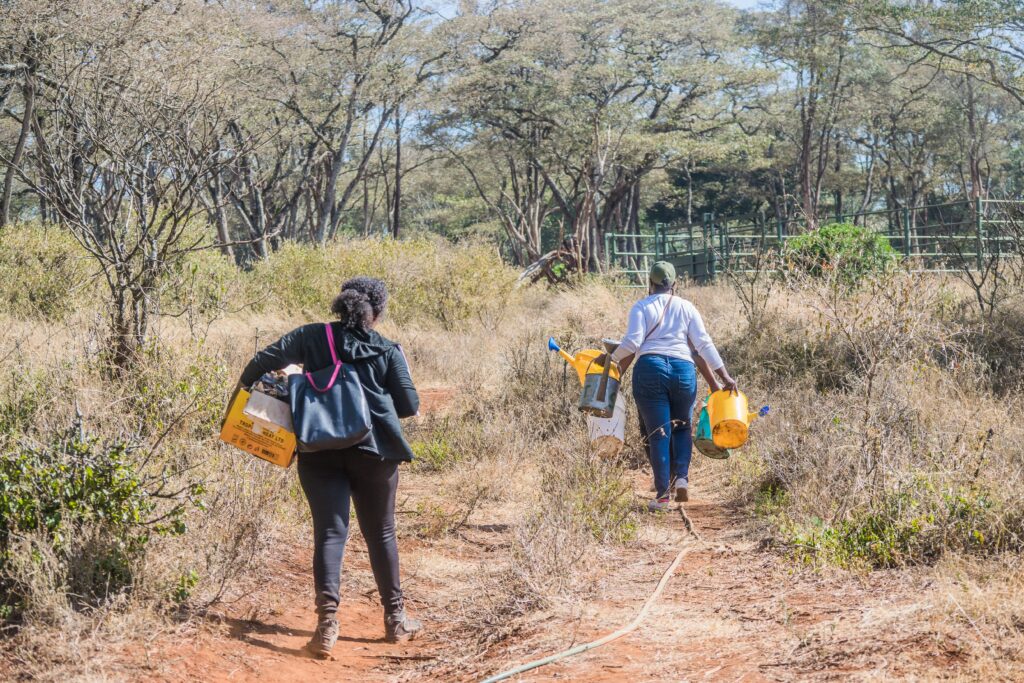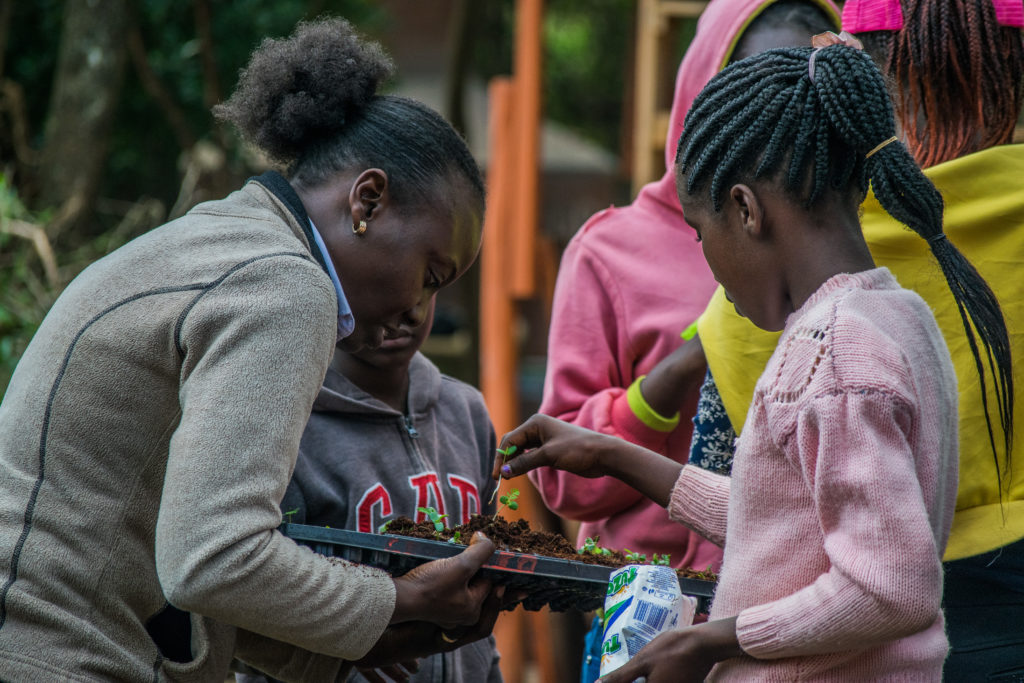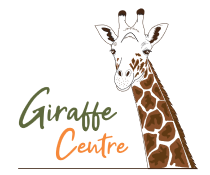When people live side-by-side with wildlife, conflicts are bound to happen. This is a common scenario in the Athi Kapiti wildlife dispersal area of Nairobi National Park. Therefore there is a need to find peace between humans and wildlife. One way we seek to accomplish this is through leasing land in areas adjacent to wildlife protected areas like the Athi Kapiti area.
The land lease program has been running for the last 2 decades, under the stewardship of The Wildlife Foundation (TWF). TWF identifies prime wildlife habitat in the Sholinke area of the Nairobi National Park Wildlife Dispersal area. They then enrol the land owners in the Land Lease program. The land owners are given lease payments in 3 instalments, at the beginning of each school session. (September, January & April). In 2022-2023, Giraffe Centre committed to leasing 750 acres of local community land to support TWF’s lease program.
This program has been instrumental in promoting harmony between humans and wildlife in this area. The financial incentive for landowners gives them a chance to appreciate wildlife. As a result, both domestic and wild animals can seek pasture freely. This also allows open routes for migratory animals.
AFEW Kenya is proud to be part of this program, which has been a success in many ways. Human-wildlife conflict cases have fallen in this area as it’s a major dispersal area for the Nairobi National Park. Furthermore, it’s an income source for landowners. As a by-product of this initiative, land owners have become fierce protectors of wildlife on their land against poachers. More importantly, this program supports the Global Sustainable Development Goal (SDG) number 4 on quality education, SDG number 17 on multi-stakeholder partnership for sustainable development and SDG no. 15 on protecting, restoring and promoting sustainable utilizations of terrestrial ecosystems.
